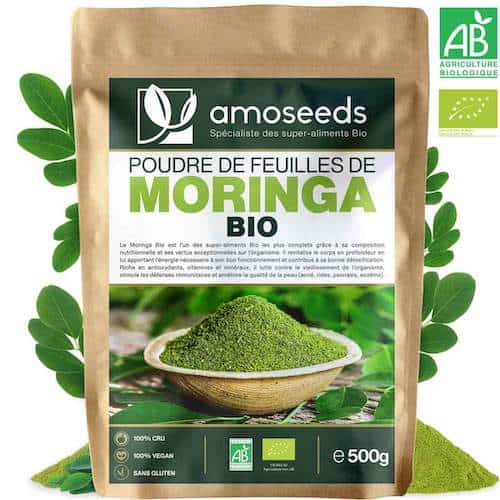Allergies are caused by an inappropriate reaction of the immune system to allergens. The body then releases histamine, a molecule that spreads through our tissues and leads to the onset of allergic symptoms, repeated sneezes, runny nose, etc.
Antihistamines commonly refer to a class of medications used to block the action of histamine and thus reduce common allergy symptoms. In addition to these medications, there are foods that have antihistamine properties.
Here are the 9 main natural antihistamines. To learn everything about allergic reactions and how antihistamines work, read on after the list!
1. Spirulina
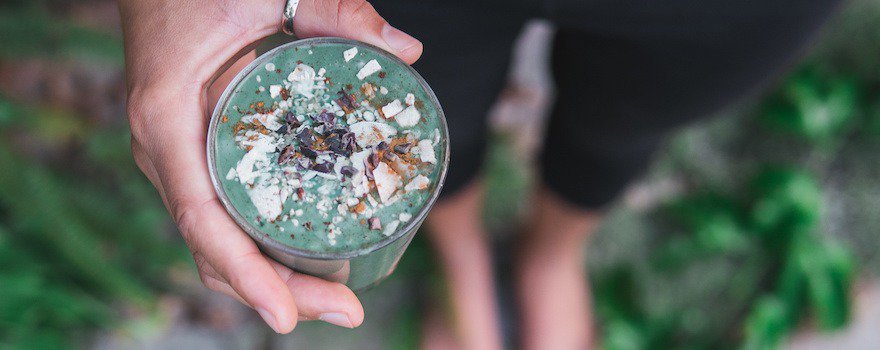
Spirulina contains a natural pigment called phycocyanin, which gives it anti-inflammatory and antihistamine properties. It can help reduce allergic rhinitis and nasal discharge. This study from the Eskisehir University School of Medicine in Turkey demonstrated the beneficial effects of spirulina on allergic rhinitis.
Recipe ideas: in powder form, you can mix it into a drink, with lemon juice, kiwi and a hint of agave syrup, for example. You can incorporate it into a freshly squeezed citrus juice: the absorption of spirulina’s iron is enhanced by vitamin C. It gives a boost to our smoothies and to both sweet and savory preparations.
As flakes, it can be paired with cream cheese, sardines, lemon and garlic juice to make delicious toasts. You can also sprinkle it on a salad to enjoy its briny flavor and crunch.
Capsules and tablets, for their part, are better suited to a course of treatment.
Buy organic spirulina: my picks
I recommend the organic spirulina from the Nutri&Co laboratory. It is AB organic certified and traceable to its cultivation farm.
I recommend this spirulina because the quality/price ratio is very attractive (4 cents per tablet, below the market average).
It contains 17% phycocyanin and is dried at low temperature to preserve as many nutrients as possible.
❤ I like: The excellent value for money, the organic certification and low-temperature drying.
★ Customer reviews (Ekomi): 4.9/5
☞ Quantity: 500 tablets / 3-month supply
✔ Our test: Our review of Nutri&Co
2. Nettle

It stings, but it can also be eaten! Nettle is packed with nutrients. The common nettle (Urtica dioica) notably contains quercetin, a colored pigment (flavonoid) that may reduce the release of histamine. Additionally, nettle is rich in vitamin C, which promotes the absorption of quercetin.
Recipe ideas: as an infusion, it can be eaten cooked like spinach. It is recommended to rinse it thoroughly before preparing. It can be used in quiches, savory cakes, in soup or in a thick soup with, for example, onion, potato and a hint of cream.
3. Astragalus
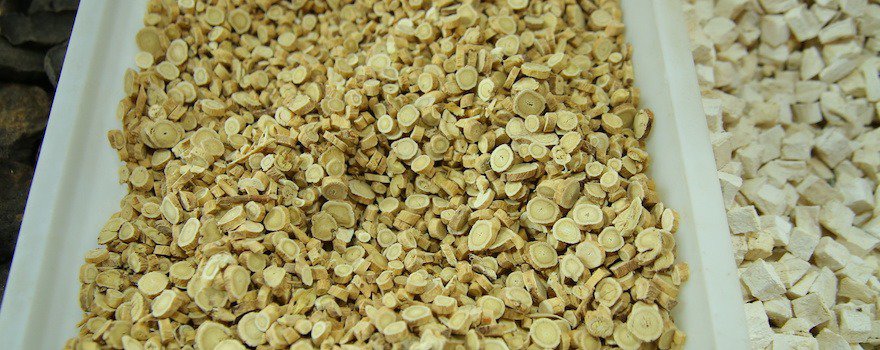
It is one of the queen plants of traditional Chinese medicine. Astragalus is high in vitamin C, vitamin A and vitamin E, which helps support and strengthen the body. This study suggests that taking 160 mg of astragalus twice a day would reduce sneezing and a runny nose in individuals suffering from seasonal allergies.
Recipe ideas: in powder form it is used as a decoction, mixed into a fruit juice for example or in a smoothie recipe. In cooking, it can be used like turmeric or ginger and added to a soup or broth.
4. Ginkgo biloba

It is the leaves of this tree, native to China, that contain the active principles responsible for its benefits. Ginkgo biloba notably contains quercetin, a flavonoid (skin pigment) with antihistamine properties.
Recipe ideas: as a decoction, 2 to 3 cups per day using 2 teaspoons of dried leaves in a liter of water.
5. Tarragon

This aromatic plant is part of the Asteraceae family, a large family that includes artichokes, lettuces, and daisies, for example. It contains coumarin, an aromatic substance that may reduce the release of histamine. Moreover this plant is rich in flavonoids that can help fight allergy symptoms.
Recipe ideas : a tasty condiment, it is an essential ingredient in the famous sauce béarnaise with egg yolks, vinegar, white wine, shallot, and a bit of butter. It can also be used to season a salad, flavor a poultry dish, a plate of stir-fried vegetables or an omelet.
6. Moringa
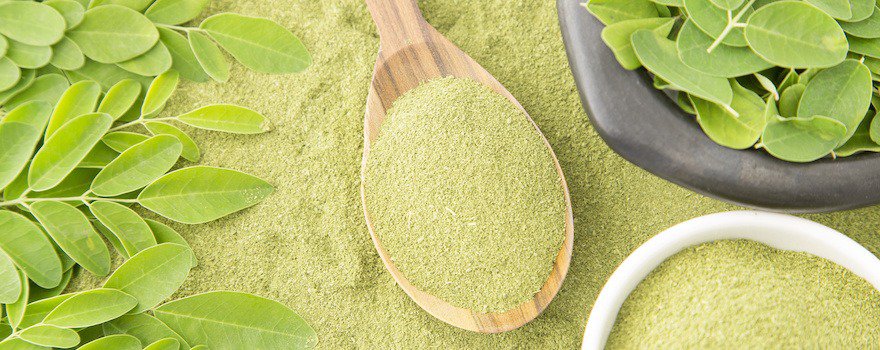
This tropical tree, also called the “tree of life”, is native to the southern foothills of the Himalayas. The moringa leaves are rich in quercetin, a natural antihistamine.
Recipe ideas: its powder adds a slightly peppery, vegetal flavor. It can be incorporated into pastries (like matcha). Or sprinkled on salads and vegetable dishes. It can be mixed into juices, smoothies, yogurt made with plant-based milk. Its flavor is similar to that of arugula and radish.
Buy organic moringa: my picks
I always recommend the amoseeds organic moringa powder from the French brand. It comes from a small cooperative located at an altitude of 2,000 meters in the Himalayas, India.
I recommend amoseeds to those around me for one simple reason: its founders source directly from local organic cooperatives. They therefore offer very high-quality products at more affordable prices.
Since we are partners with this brand, you can use the promo code “DARWIN” to get 5% off all their products (and up to 25% for group orders).
❤ I like : The excellent value for money, verified origin and the brand’s very positive customer reviews.
★ Customer reviews (Trustpilot): 4.4/5
☞ Quantity : 500 g / 3-month supply
✔ Discount code -5% : DARWIN
7. Capers
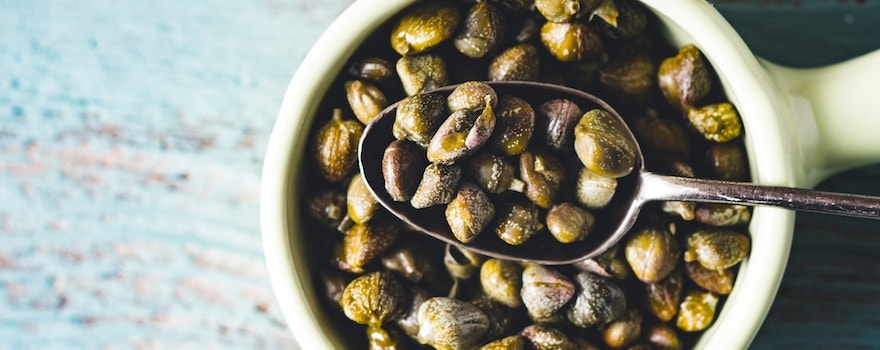
Capers, a condiment made from the flower buds of the caper bush, are the richest source of quercetin. They contain up to 180 mg per 100 g! Thanks to this concentration, they have antihistamine effects.
Recipe ideas : You can stuff eggs with capers and anchovies, make a sauce by blending capers with olive oil and mustard. They work very well in savory loaves or in fish-based dishes, a skate dish for example.
8. Onion

The onion is a bulb rich in quercetin, a flavonoid (skin pigment) with antihistamine properties. The more colorful it is, the higher the proportion of this active compound will be. You may therefore favor the red onion.
Recipe ideas: you can make onion confits, quiches, and even the famous French onion soup! For this, you can add broth, white wine, herbs and a few croutons to the sautéed onions.
9. Apples
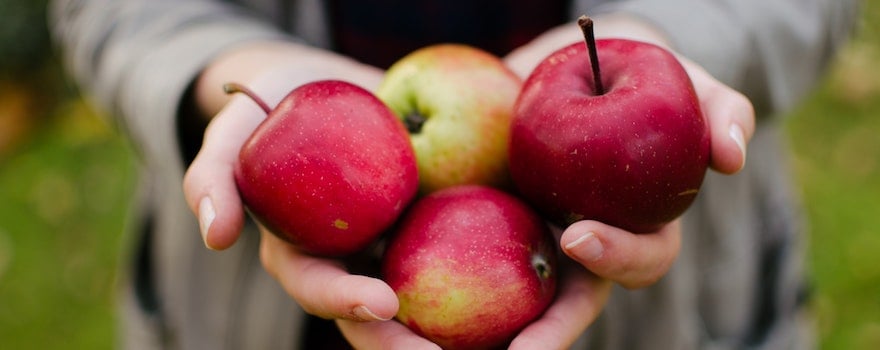
Choose organic varieties so you can consume their skin, which is rich in active compounds. It contains polyphenols and flavonoids including quercetin. This antioxidant has anti-inflammatory properties, relieving allergy symptoms and delaying the release of histamine.
Recipe ideas: you can eat them raw, preserving their nutritional qualities. In the oven, you can sprinkle them with cinnamon and a little cane sugar. As compote, they can be incorporated into our recipes for tarts, cakes or crepes. In a sweet-and-salty version you can scatter a few wedges into a salad with beetroot, feta and walnuts. Pan-fried, they can accompany a piece of blood sausage.
Different types of allergies
Spring is synonymous with the return of sunny days, longer days, and blooming. However, it’s no cause for joy for people allergic to pollen, for whom spring more often means a runny nose, itchy eyes and repeated sneezing!
Allergens, substances that cause allergic reactions, are common in our environment. Dust mites, molds, and houseplants can make our indoor environments allergenic.
Allergies are caused by an inappropriate immune system response to allergens. Our body overreacts to substances that are mostly harmless, such as pet hair, dust, and certain foods.
There are three main categories of allergies.
Respiratory allergies

Respiratory allergies can be caused by pollen, dust mites, animal dander, and dust. People who do not produce enough mucus are more susceptible to this type of allergy, because the mucus in our nose and sinuses forms a real barrier that traps impurities in the air.
Food allergies
Allergens responsible for food allergies, such as gluten, milk, peanuts, or shellfish, must be clearly indicated on the labels of the products concerned.
They are sometimes present in unexpected foods. Some cured meats may contain lactose, for example. Even small traces of a food allergen on our cutlery can literally ruin our meal!
Contact allergies

Finally, there are contact allergies, which occur after using certain cosmetics, wearing nickel jewelry, using latex, or after insect bites. Wasp venom allergies can be particularly dramatic because, unlike bees, wasps retain their stinger after a sting and can therefore sting repeatedly at will!
Symptoms ranging from simple redness to anaphylactic shock
Depending on the allergic reaction, the symptoms will be more or less severe and will affect different parts of the body. Thus, allergic rhinitis, eczema, and hives are common reactions.
A particularly dramatic allergic reaction is Quincke’s edema. The skin and mucous membranes in the head and neck area will suddenly swell!
An anaphylactic shock can occur in the most extreme cases with various rapid allergic reactions causing breathing difficulties. It requires emergency care.
What happens in our body during an allergic reaction?
Our body can be exposed to allergens in various ways. Through the skin, the eyes, the nose, the throat, for example.
Upon first contact with an allergen, when one inhales a grain of pollen for example, our immune system will be stimulated and produce antibodies. These are defensive molecules produced in response to a foreign substance.
Our immune system considers the allergen a dangerous invader, like viruses or bacteria. Our body will therefore prepare for a potential attack and set up real time bombs.
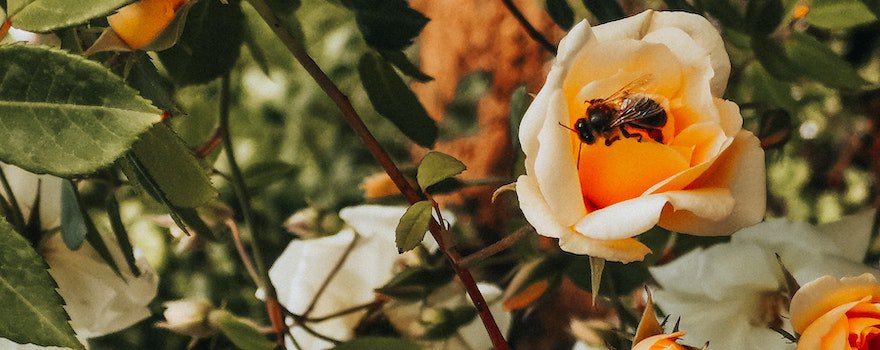
When a person is sensitized to an allergen after a first exposure, a new exposure, even a very small one, can lead to large-scale allergic reactions.
Like an explosion, the body will release histamine, a molecule that will spread through our tissues and trigger the onset of allergic symptoms: sneezing, nasal discharge…
Thus a simple bee sting will cause some skin redness during a first exposure but will cause eczema and breathing difficulties during a subsequent exposure.
What is an antihistamine?
Antihistamines commonly refer to a class of medications used to block the action of histamine and thus reduce common allergy symptoms.
They can be used for respiratory, food, and contact allergies. They are available over the counter or by prescription.
They come in different forms. For a runny nose or sneezing, sprays are used, for example; for irritated eyes, drops. Tablets, ointments, and gels help reduce symptoms of food allergies or skin reactions such as eczema.
Note: If an allergy is suspected, consult your primary care physician who will refer you to an allergist if necessary. Some allergic reactions, such as anaphylactic shock, can be serious and require emergency care.




